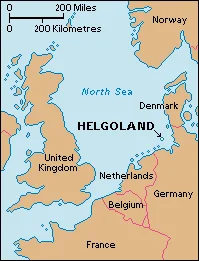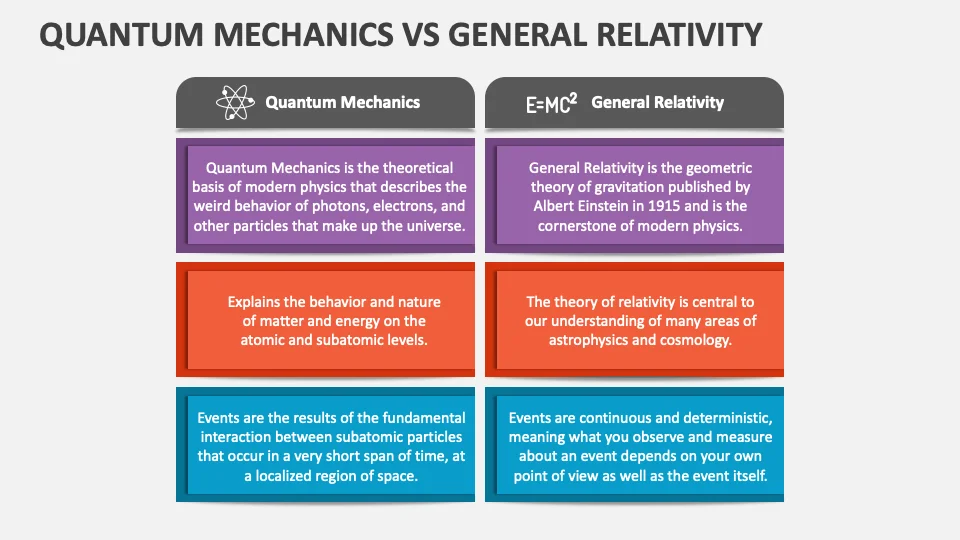Helgoland | 08 Jul 2025
Helgoland (or Heligoland), a small 1.7 sq km red sandstone German archipelago, 50 km off Germany’s coast in the North Sea, is renowned as the birthplace of quantum mechanics.
- Helgoland, initially colonized by Frisians (ethnic group in Netherland & Germany), was controlled by Denmark, then Britain (1814), and finally Germany (1890).
- Post-WWII, it was used as a British bombing range before being returned to West Germany in 1952.
Foundation of Quantum Mechanics:
- In June 1925, physicist Werner Heisenberg, suffering from hay fever (allergic rhinitis), retreated to Helgoland island for relief.
- There, he developed matrix mechanics (how atoms absorb and emit light based on discrete energy levels), and laid the foundation of quantum mechanics (fundamental physics theory that explains the behavior of matter and energy at atomic and subatomic levels).
- He replaced the classical idea of electrons orbiting the nucleus with a system based on measurable quantities like light absorption.
- This led to key concepts such as the uncertainty principle and paved the way for modern technologies like lasers and semiconductors.
Werner Heisenberg:
- He was a German theoretical physicist and Nobel laureate (1932), known for formulating the Heisenberg Uncertainty Principle and laying the foundation of quantum mechanics at the age of 23.
- During World War II, Heisenberg played a central role in the German atomic program, which competed with the Manhattan Project.
| Read More: Quantum Nature of Gravity |


